1945 Cottage-Walls/Ceiling Questions
LESNYC
18 years ago
Related Stories
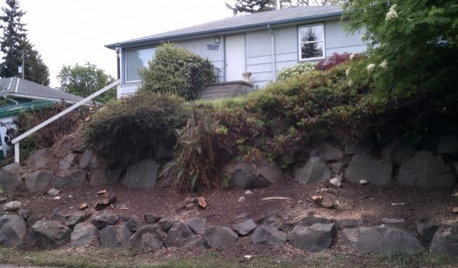
Design Dilemmas: 5 Questions for Design Stars
Share Your Design Know-How on the Houzz Questions Board
Full Story
REMODELING GUIDESConsidering a Fixer-Upper? 15 Questions to Ask First
Learn about the hidden costs and treasures of older homes to avoid budget surprises and accidentally tossing valuable features
Full Story
FEEL-GOOD HOMEThe Question That Can Make You Love Your Home More
Change your relationship with your house for the better by focusing on the answer to something designers often ask
Full Story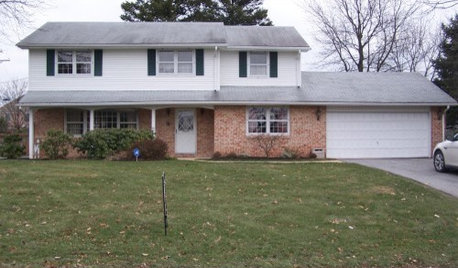
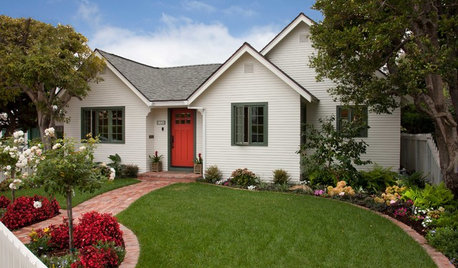
HOUZZ TOURSHouzz Tour: Updates Honor a 1930s Cottage's History
The facade stays true to the original, but inside lie a newly opened layout, higher ceilings and 600 more square feet of space
Full Story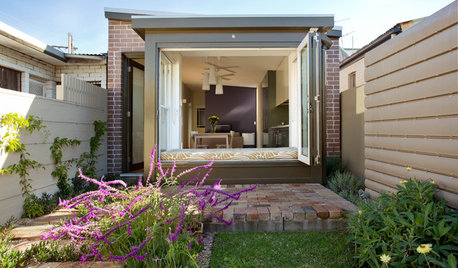
HOUZZ TOURSHouzz Tour: A Victorian Cottage in Sydney Opens Up
Colors, not walls, now define spaces in this once-dreary home — and the new airy garden overlook helps too
Full Story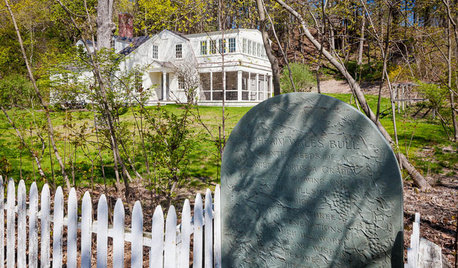
TRADITIONAL HOMESHouzz Tour: Historic Concord Grapevine Cottage’s Charms Restored
This famous property had fallen on hard times, but passionate homeowners lovingly brought it back
Full Story
FLOORSIs Radiant Heating or Cooling Right for You?
Questions to ask before you go for one of these temperature systems in your floors or walls (yes, walls)
Full Story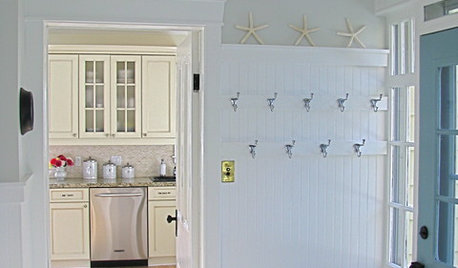
REMODELING GUIDESThe Timeless Elegance of Beadboard
Classic Wall Paneling Adds Instant Beach Cottage Charm
Full Story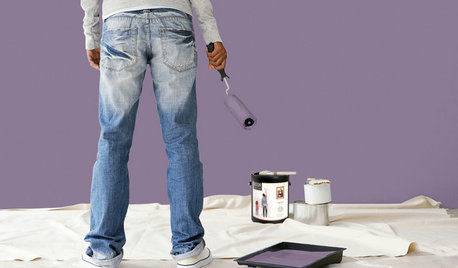
PAINTINGBulletproof Decorating: How to Pick the Right Kind of Paint
Choose a paint with some heft and a little sheen for walls and ceilings with long-lasting good looks. Here are some getting-started tips
Full Story






snoonyb
magnaverde
Related Professionals
Hammond Kitchen & Bathroom Designers · Lenexa Kitchen & Bathroom Designers · Rancho Mirage Kitchen & Bathroom Designers · Riviera Beach Kitchen & Bathroom Designers · San Jose Kitchen & Bathroom Designers · Town 'n' Country Kitchen & Bathroom Designers · Athens Kitchen & Bathroom Remodelers · Centerville Kitchen & Bathroom Remodelers · Champlin Kitchen & Bathroom Remodelers · Crestline Kitchen & Bathroom Remodelers · Lakeside Kitchen & Bathroom Remodelers · Salinas Kitchen & Bathroom Remodelers · Winchester Kitchen & Bathroom Remodelers · Clive Architects & Building Designers · Holtsville Architects & Building Designersmichelle32
LESNYCOriginal Author